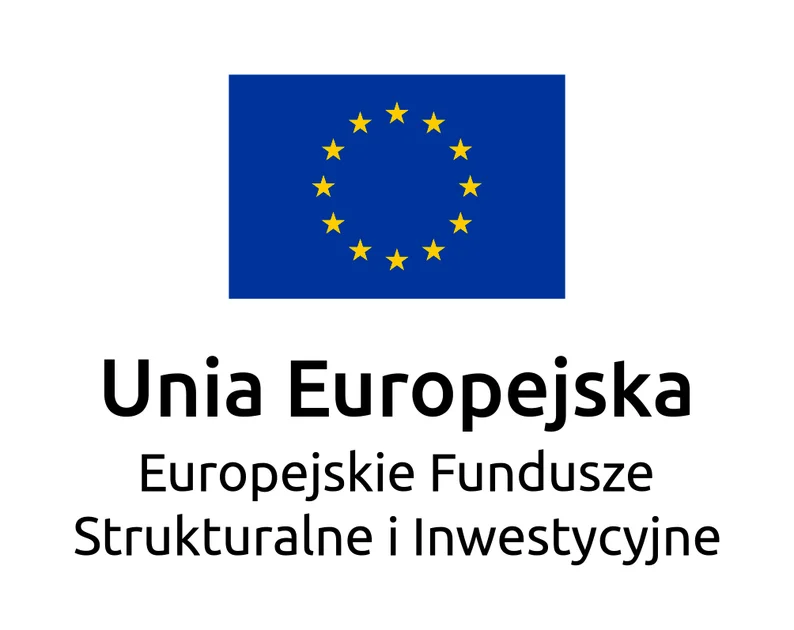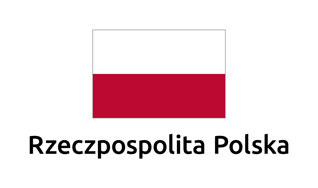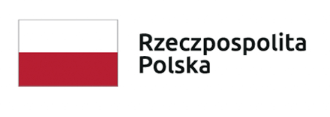Iodine

An essential element for the proper functioning of the human body.
“Let’s go to Kołobrzeg, sunbathe, swim in the sea and breathe iodine!” – you’ve probably heard a similar text more than once. And it is impossible not to agree, because in fact coastal areas are particularly rich in this element. But this does not mean that in order to avoid deficiencies of this microelement, you need to plan a trip to the seaside, and we cannot be full of iodine for the whole year! You can easily provide it in your kitchen, and it is also worth paying attention to the appropriate quality of the water we drink every day.
Health from the sea
“What exactly is iodine?” The general answer is: an element necessary for the proper functioning of the body. The amount of iodine in the human body is very small, it is called a micronutrient or trace element. It is found in the human body primarily in the thyroid gland and is necessary for the production of hormones. Therefore, its presence determines metabolism, growth, circulation, maturation and the functioning of the nervous and muscular systems.
Apart from the mentioned gland, it also accumulates in the ovaries, bones and blood, but as much as 80% of this microelement is found in the thyroid gland.
Lack of iodine
The World Health Organization has recognized iodine deficiency as one of the main factors affecting human health. Unfortunately, Poland is one of the countries with iodine deficiency among the population. This was confirmed by research carried out since the 1980s. Globally, as many as 2 billion people suffer from deficiencies of this element, and this problem affects up to every third child! In Europe alone, as many as half of the population may not provide their bodies with sufficient amounts of this microelement. But what are the consequences of a shortage? According to WHO guidelines, children aged 4 – 6 years need about 90 mcg of the element per day, 7 – 9 years old – even 120 mcg, and from 12 to 15 years of age they should consume 150 mcg of iodine per day. For adults and adolescents from the age of 16, the daily intake increases to 160 mcg each day. However, pregnant and breastfeeding women 200 – 250 mcg per day. To combat the insufficient intake of this element in society in Poland, table salt is obligatorily iodized.
But what exactly is the risk of iodine deficiency in the body? By far the most common consequence of not supplying iodine to the body is goiter. Of course, this is not the only consequence of too low iodine intake. Among adults, impaired mental functions, reduced work efficiency and hypothyroidism also occur. This condition, in turn, results in a feeling of constant fatigue, problems with concentration, depression, lack of energy, joint pain, hair loss, respiratory infections, easy catching colds and brittle nails. Mental and somatic development may be impaired among children and adolescents. However, the consequences may be particularly dangerous if pregnant and breastfeeding women neglect to eat sea fish, as it may even result in fetal death, stillbirth or miscarriage! The risk of psychomotor development disorders or endemic cretinism in the fetus or infant also increases significantly if the mother allows significant iodine deficiencies in the diet during pregnancy or breastfeeding. The consumption of this element is also very important in the diet of children due to the possible consequences if neglected, as it may lead to a decline in learning ability.
A sea of iodine in the kitchen
First of all, don’t be afraid of overdosing on iodine in the kitchen, it’s really hard to do. For pregnant and breastfeeding women, the coefficient of too high content of this element in food is as much as 500 mcg per day, in the case of children it is 300 mcg. Any excess iodine may cause irritation of the mucous membranes of the respiratory system, salivation, vomiting and diarrhea. To limit the absorption of iodine by the body in the event of such symptoms, you should eat cabbage, soy, brussels sprouts and cauliflower, which effectively activate iodine through their enzymes.
If you are not going to the seaside, where can you provide your body with the appropriate amounts of this microelement? First of all, you can associate it with salt water, because the best source of this Baltic treasure is fish and seafood.
| Produkt | Zawartość j |
|---|---|
| Flounder | 190 |
| Fresh Cod | 110 |
| fresh Pollock | 103 |
| Iodized table salt | 2293 |
| Caviar | 130 |
| Sardines | 99 |
| Jantar Water | 60 |
| Halibut | 52 |
| Smoked Mackerel | 40 |
| Salmon | 40 |
| Cottage cheese | 40 |
As you can see, the richest sources of iodine are products from the sea, especially sea fish. It is the most reliable supplier of this element to our bodies, because its content in plants is, firstly, much lower, and secondly, it varies depending on the iodine content in the soil in which they are grown. Among other products, remember about water, 1 litter of Jantar water provides 40% of the daily requirement for iodine, i.e. by drinking 2-2.5 litters we completely meet the daily requirement! Of course, table salt is very rich in iodine, but for obvious reasons you should not overdo it.








